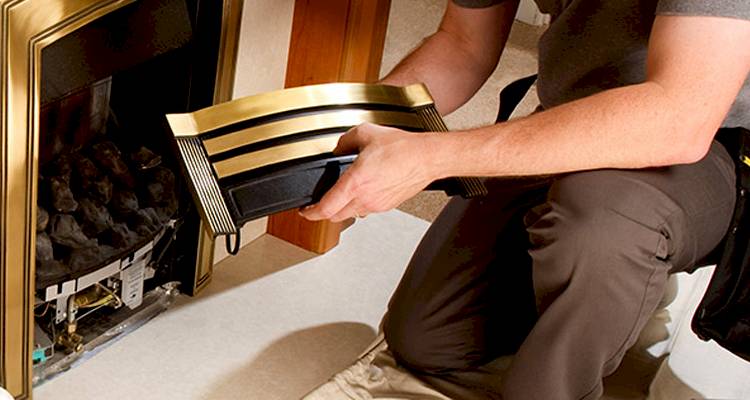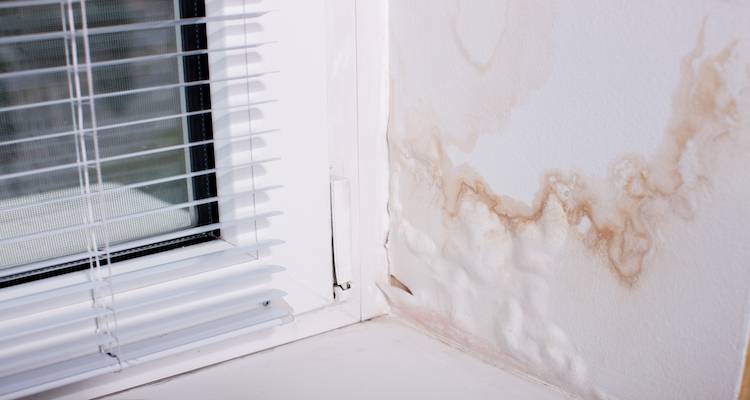New Toilet Cost
- Average cost for a new toilet is £450
- It will take roughly 4 hours to complete
- A breakdown of pricing information for different types of toilets
- How long the job will take and a general overview of what the job entails
- How to find and hire a toilet installer
Want to find out the cost of fitting a new toilet?
Typically, you'll pay between £200 to £700 to install or replace a toilet. But this can change depending on a couple of factors.
This guide will go into detail about all factors involved!
This complete guide also contains all the prices involved in toilet installation, including plumbing fees, new toilet cost, toilet set prices and much more!
Need a free quote?
We've got a range of local plumbers that are waiting to give you a quote.
If you're looking for more information - Take a look below...
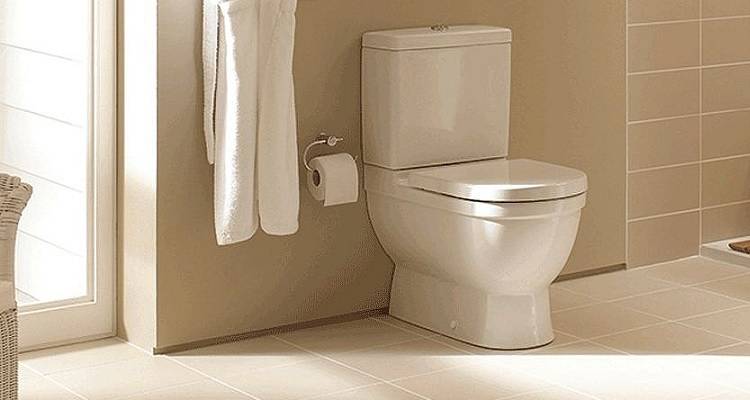
£450
Table of Contents
How Much is a New Toilet?
Let's look at average costs...
The average cost for a toilet installation usually falls between £300-£600. However, the prices can vary depending on the type of toilet, your location, and whether any additional plumbing work is needed.
How long can installing a toilet take?
A toilet installation takes on average around 2-4 hours to complete. However, this can vary depending on the type of installation, the difficulty of the job, and whether there is any extra plumbing involved.
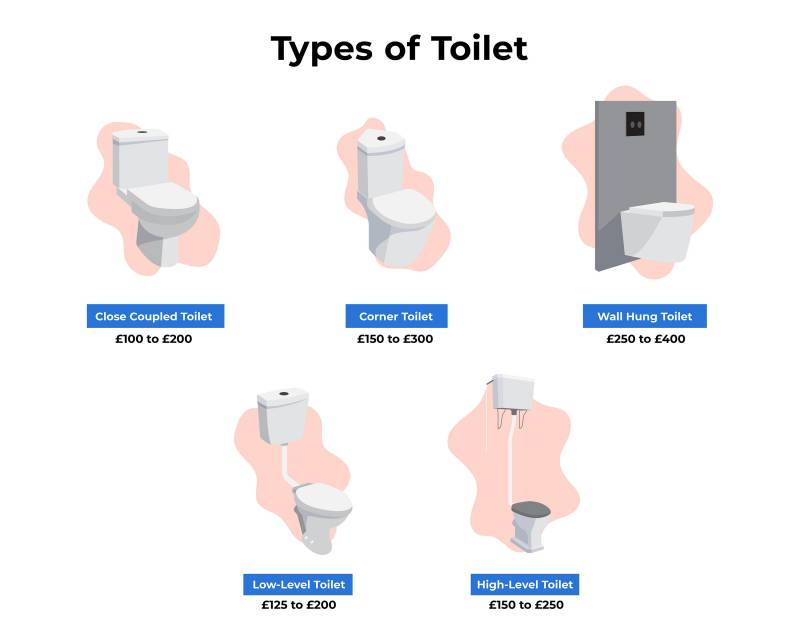
What's the minimum amount of floorspace you need around the toilet? How much room should you leave between this and the sink?
New Toilet Prices
Below is a table containing different types of toilets and their average costs:
| Job Description | Total Costs |
|---|---|
| Close-coupled toilet | £200-£400 |
| Hidden/wall hung cistern | £550-£800 |
| Low-level cistern | £275-£430 |
| High-level cistern | £300-£480 |
| Specialist hands-free toilet | £1900-£2500 |
| Removal and disposal of existing toilet only | £75-£100 |
Supply Only Costs
If you're looking just for the supply costs (without the labour fees), check out the table below:
| Job Description | Supply Only Costs |
|---|---|
| Close-coupled toilet | £100-£200 |
| Hidden/wall hung cistern | £250-£400 |
| Low-level cistern | £125-£200 |
| High-level cistern | £150-£250 |
| Specialist hands-free toilet | £1500-£2000 |
Additional Costs
There is a number of additional costs that you may need to consider when it comes to fitting a toilet. Below is a list of some things you may also need to think about with this type of job:
- New bathroom fitting - £6000-£8000
- Uninstallation and removal of existing toilet - £75-£100
- Build and tile frame for hidden cistern - £350-£500
- Install downstairs toilet - £2500-£2500
Labour Costs and Timescales
Next up, labour fees and time frames...
The labour costs for fitting a toilet will depend on several factors, including the type of toilet you're having fitted, whether any additional plumbing work is needed, and your location.
How much will you spend on labour?
The average toilet installation labour costs are around £100-£400, and the average length of time for this type of job is approximately 2-4 hours.
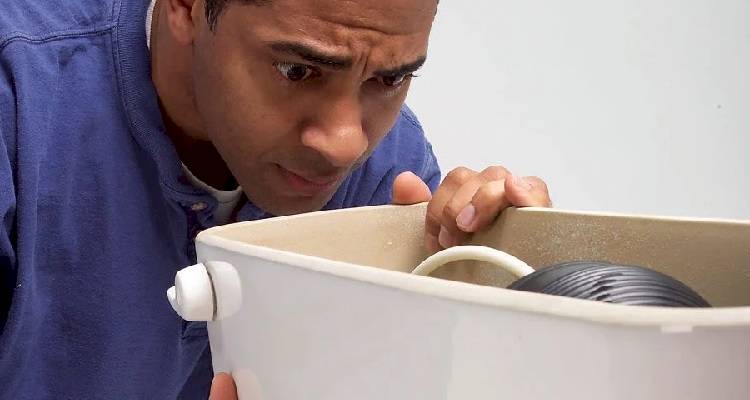
Plumbers usually charge around £40-£60 per hour on average, so if there is any additional plumbing work needed to fit your new toilet, the costs could add up.
If you live in London will the costs go up?
Those based in London can expect to pay around £50-£200 more for the labour costs of fitting a toilet than those based in the North or other parts of the UK.
Cost Factors of Replacing a Toilet
There are a number of cost factors when it comes to fitting a toilet. Below is a list of the cost factors that you may need to be aware of for this type of job:
Type of Toilet
The type of toilet that you are having installed will affect the overall cost of the job. A close-coupled toilet will cost around £200-£400 in total to be installed whereas a hidden/wall hung toilet will cost about £550-£800 in total for the installation.
Additional Plumbing Work
If there is any additional plumbing work needed to install the toilet, this can add quite a bit in labour costs onto the job. A typical plumber will charge around £40-£60 per hour so, depending on how long the additional plumbing work takes, you could find yourself spending a few extra hundred pounds on to the job.
Location of Property
The location of your property can affect the overall cost of having your new toilet installed. Those based in London can expect to pay around £50-£200 more for the labour costs of fitting a toilet than those based in the North or other parts of the UK.
What's Involved in a Toilet Replacement?
The steps below need to be taken to replace your toilet:
- Remove and dispose of the old toilet.
- Prepare the area and remove/replace any tiles or flooring before starting the new installation.
- Measure up the area ready for the installation.
- Remove the soil cover on your new toilet and then add the wax ring.
- Connect your new toilet to the soil pipe.
- If your new toilet is a floor standing toilet, secure it to the floor now. If it is a wall hung toilet, fit and secure it to the wall at this point.
- Next, install the cistern tank.
- Connect the water pipe into the cistern.
- Turn your water on.
- Finish the area with any finishing touches that need to be done. You should also text the toilet at this point and check that there are no leaks.
Can I Replace a Toilet Myself?
It is entirely possible to change a toilet yourself as a DIY job as long as you have the relevant knowledge to do a good job. It may take you a little bit longer to complete the job than it would a professional plumber since they have all of the skills and knowledge necessary to complete the job quickly.
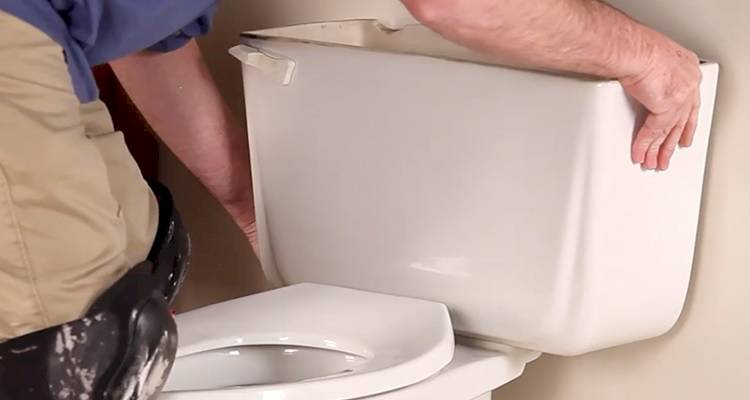
Many people shy away from hiring professionals due to the costs; however, you may end up spending more by doing it yourself if things go wrong with the installation. If you don't connect the pipework correctly, you may end up with leaks which could be costly to fix.
Fitting the pipes even slightly wrong can result in some severe consequences such as water damage which can result in excessive costs.
Choosing a Toilet
Below is a list of the different types of toilet that you can get:
Close Coupled Toilet Cost
This is the most popular style of toilet where the cistern is attached directly to the pan. Close-coupled toilets are available in both traditional and modern designs with an array of colours available to suit everyone's taste. This type of toilet is usually around £100-£200 on average.
Pros
- ✔ Doesn't require any external or hidden plumbing
- ✔ Wide range of colours and styles to choose from
- ✔ Easy to install
- ✔ Suits most bathrooms
Cons
- ✖ Can look plain/boring compare to other options
Corner Toilet Cost
A corner toilet is designed specifically to fit in the corner of your bathroom to maximise the use of the space in the room. These are great for smaller bathrooms or for a downstairs loo.
It can sometimes be difficult to install the waste pipe into the corner, so it's worth checking with a qualified plumber before installing a corner toilet. These toilets typically cost around £150-£300 on average.
Pros
- ✔ Stylish and modern-looking
- ✔ Great for saving space
- ✔ Perfect for small bathrooms
Cons
- ✖ Can be difficult to install
Wall Hung Toilet Cost
Wall hung toilets are great for adding modern style to your bathroom. It floats above the floor without any visible pipework, fittings, or cistern. It creates a sense of extra space and makes cleaning the floor much easier.
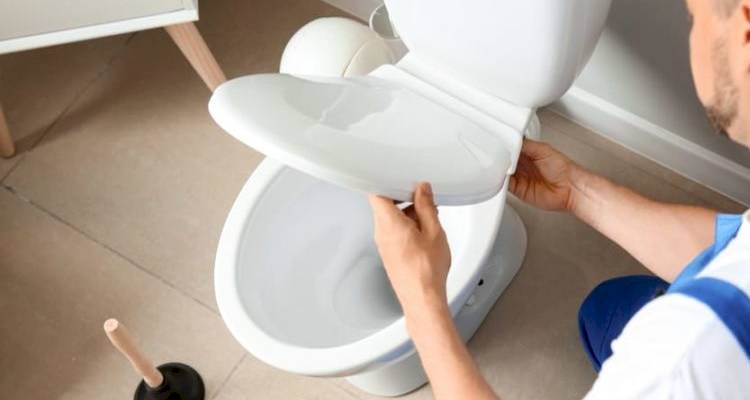
The cistern on wall-hung toilets is installed within the wall, saving you lots of space. Wall hung toilets tend to cost around £250-£400 on average.
Pros
- ✔ Great for saving space
- ✔ Makes it easier to clean the floor
- ✔ Modern, stylish look
- ✔ Perfect for smaller bathrooms
Cons
- ✖ Much more difficult to install
- ✖ Concealed cistern and wall frame must also be purchased
Low-Level Toilet Cost
A low-level toilet is perfect for when you want to add traditional style to your bathroom. This is where the cistern is fitted at a low level on the wall, and it is connected to the pan of the toilet via a chrome flush pipe. This type of toilet tends to cost around £125-£200 on average.
Pros
- ✔ Creates a traditional look
Cons
- ✖ Must be fitted to a solid wall or wall that has been reinforced
High-Level Toilet Cost
High-level toilets are also great for creating that traditional style in your bathroom. A high-level toilet is where the cistern is fitted at a high level on the wall and is connected to the toilet pan via a chrome flush pipe.
On this type of toilet, the flush is controlled via a long chain pull. This type of toilet usually costs around £150-£250 on average.
Pros
- ✔ Provides a traditional look
Cons
- ✖ Must be fitted to a solid wall or wall that has been reinforced
Hiring Contractors to Replace a Toilet Checklist
There are a few things you will need to consider before hiring someone to install a new toilet for you. Below is a list of some of the main things that you should consider when looking for the right contractor for the job:
- Does the contractor offer any guarantees with their work?
- How much does the work cost to complete? – Ask for a breakdown of costs so you can ensure you are paying a reasonable price for each element of the job.
- What type of toilets does the company offer?
- Do you have to supply your own toilet?
- Is the contractor experienced in fitting the type of toilet that you are purchasing?
- How many years' worth of experience does the contractor have in fitting new toilets?
- Does the contractor have the necessary knowledge to complete any extra plumbing work that may arise during the job?
- Will the contractor follow any building regulations if necessary?
- Be sure to get at least three quotes for the job so that you can ensure that you are paying a fair price for the job at hand.
FAQs
What is the best way to clean a toilet?
- Start with the outside. Work your way up from the foundation to the lid by spraying the underneath thoroughly. Spray all area including the small area between the seat and tank, and the tank itself.
- Next, spray down both sides of the lid.
- Then, spray both sides of the toilet seat and then lower it back onto the bowl once it's been thoroughly sprayed.
- While you're waiting for the disinfectant to dry, clean some of the tougher points that are more prone to germs. Clean the toilet flush handle, especially as this can be one of the dirtiest parts of a toilet.
- Once it's mostly dry, give your entire toilet a wipe using a sponge.
- Clean the bowl using some toilet cleaner and a toilet brush.
- Always finish your cleaning session with a good flush.
How do you replace a toilet seat?
- Remove all of the old fixings.
- Once the fittings have been removed, lift away the old toilet seat
- You can then add the new seat fixtures to your toilet. Screw them in loosely without fully tightening in case you need to adjust them later.
- Check the distances between the fixture pins and measure them up against the new toilet seat. Set them to the right distance and then tighten them up.
- You can now fit your new toilet seat by popping it onto the pegs via the fixing holes on the seat.
- Check that your seat is in good working order and then you're good to go!
Which type of toilet is best for a small bathroom?
How do I remove a toilet seat?
How often should I clean my toilet?
Sources
https://www.labc.co.uk/news/when-does-replacement-kitchen-or-bathroom-need-building-regulations-approval
https://www.bigbathroomshop.co.uk/info/blog/the-toilet-buyers-guide
https://www.goodhousekeeping.com/home/cleaning/a31407258/how-to-clean-toilet




